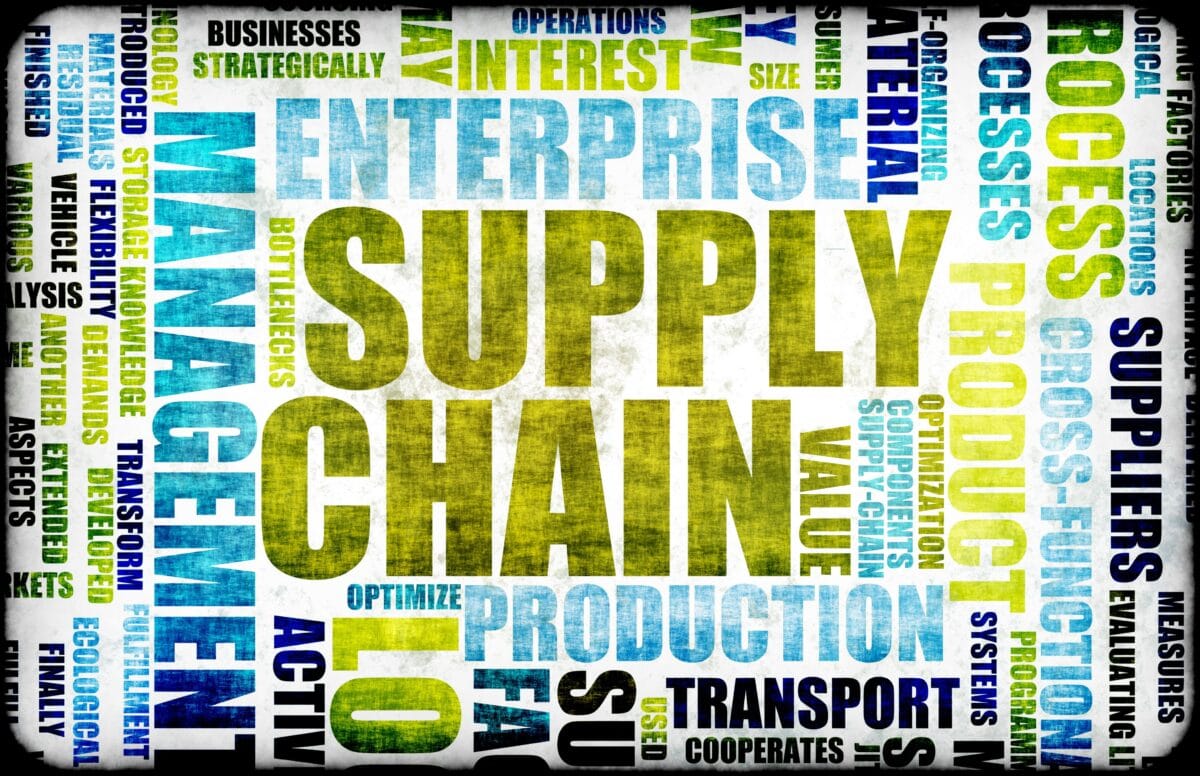Of all the challenges an online business faces, overstock and understock are some of the most challenging – and the most detrimental to their reputations. If you want to keep customers satisfied and enjoy a healthy profit, you need to get a handle on your inventory. Below are some of the ways in which overstock and understock can really hurt your business.
The Problems with Understock
“Understock” is a relatively common inventory problem that occurs when the products you have in your warehouse are not enough to meet consumer demand. If a customer visits your website for a product and is met with a big red “Out of Stock,” he or she is far more likely to find that product (or a similar one) from a competitor than to wait until you have restocked. This causes a lot of problems for your business, including:
- Customer frustration. In today’s day and age, people want things quickly. If your store is consistently out of stock, it won’t take long before the frustration mounts and your store gets a bad reputation for not stocking enough product to meet demand.
- Sales loss. When customers can’t buy from you, they buy from your competitors. Though some of those customers may come back to you in the future, many of them don’t. Instead, they continue to buy from competitors that do not have understock issues.
- Risk of overstock. If you wait too long to restock a product, you may find that the “rush” has passed by the time you get that product on your warehouse shelves. Essentially, it’s incredibly easy to move from being understocked to being overstocked in a matter of days.
The Problems with Overstock
Overstock is a significant problem, as well. This can be defined as having too much of an unwanted product sitting on warehouse shelves. Though this does not directly affect your customers, it may affect them indirectly at some point – especially if your overstock prevents you from keeping up with latest trends and stocking the hottest items. Other problems include:
- Tied-up money. Imagine putting your cash into a product that doesn’t move. If you can’t sell it, you can’t profit from it, and if you can’t profit from it, then you can’t buy newer, better, more in-demand products to sell.
- Cramped warehouse space. Warehouse space isn’t always cheap, so it’s important that your space is filled with products that will move.
- “Could” turn customers off to your shop. In some cases, and depending on the industry, it may turn your customers off if they see that the majority of your stock is last generation technology. Consumers buy from cutting-edge sellers, and too much overstock can make you appear to be the opposite.
- Loss of money due to liquidation. Finally, when you’ve had a product for far too long and you just want it to move, you might consider things like clearance sales. Though it might be possible to break even, there’s a good chance you’ll end up taking a loss – especially in industries like technology.
As you can see, overstock and understock are incredibly problematic, so it’s important to avoid them at all costs. It may be worth your while to consider outsourcing your inventory management to a trusted partner who can help you avoid these situations through years of experience and knowledge.







Leave A Comment